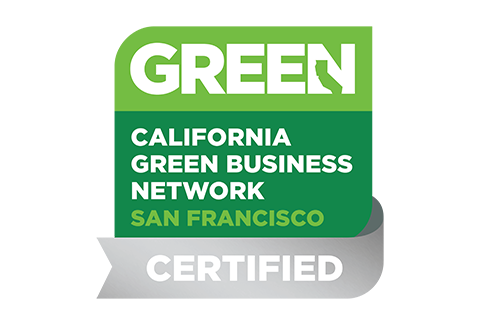Hidden Liens in Custom Crush Relationships: How to Avoid Being Caught Between Creditors
Custom crush is an effective method for vintners to start and grow their label and brand without requiring the capital intensive investment of a dedicated winery.
When evaluating potential custom-crush facilities and providers, wine makers should look out for any requirement under the contract that the wine maker grants a lien to the custom-crush provider in all of the wine maker’s assets located at the crush facility, and the products and proceeds of those assets, as collateral to support all charges, fees, and obligations owed to the custom-crush provider. Such a lien almost always breaches the covenants in the wine maker’s commercial loan agreements.
Granting a Lien in a Vintner’s Assets
“Granting a lien” in one’s assets means that the wine maker has pledged those assets to the custom-crush provider as collateral if and when the wine maker fails to perform any of its required obligations under the custom-crush contract.
For example, if the wine maker fails to make any payment required under the contract, then by contract, the custom-crush provider would have the right to call the wine maker in default, foreclose on any of the assets of the wine maker located at the custom-crush facility and liquidate those assets to repay any outstanding obligations owed to the custom-crush provider at that time.
This is similar to a relationship that the wine maker may have with a bank or other lender to the wine maker.
And that is the problem.
Why It Matters
If the wine maker has an existing lending relationship with a bank or other lender or contemplates having any relationship with a bank or lender in the future while maintaining operations at the custom-crush facility, the grant of an interest in all assets at the custom-crush facility would create issues with that lender.
Loan agreements typically prohibit borrowers from granting liens in the collateral pledged to the bank or other lender without the lender consenting to the grant of the lien. Lenders take competing liens very seriously and do not want to have a situation where other parties have a claim to the same collateral. Granting such a lien without obtaining the lender’s consent creates a default under the loan agreement, which will need to be resolved with the lender.
What to Look for in a Contract
When reviewing any custom-crush contract, vintners should look for any provision that references “security agreement,” Uniform Commercial Code or UCC, “collateral,” or any other provision that contains something similar to “grants … (the custom-crush provider) a security interest in ….”
While the provision may purport to relate to all of the assets of the wine maker, it typically would or should be limited to the assets of the wine maker that are located at the custom-crush facility or the products or proceeds of those assets. To the extent any assets, such as inventory, are located elsewhere, the custom-crush facility would likely have a difficult time foreclosing on those assets in the event of any breach of the contract by the wine maker.
How to Resolve the Differences
First step, identify whether or not the custom-crush contract grants a lien in a wine maker’s assets.
Next, if the wine maker has an existing loan facility, discuss the requirements of the custom-crush contract with the lender and seek the lender’s consent to enter into the contract, including the grant of the lien in the wine maker’s assets.
However, the lender likely will want some agreement from the custom-crush provider in return that puts the lender’s liens in the wine maker’s assets ahead of the custom-crush provider’s liens (i.e. that the custom-crush provider’s liens are “subordinate” to the lender’s liens).
This is the step where the wine maker will want to have the lender and the custom-crush provider discussing (either directly or through the vintner) what each party wants out of the sharing of the assets as collateral to both the lender and the custom-crush provider.
The ultimate goal being that all three parties come to an agreeable resolution for the priority of the liens in the wine maker’s assets while both the custom-crush provider and lender will provide their respective support to the wine maker to grow its business.
If the wine maker does not have an existing lender or lending relationship but contemplates having one in the future, it may consider asking the custom-crush provider to add an agreement in the custom-crush contract where, in the event the wine maker enters into a loan facility in the future and is required to grant liens in its assets as part of the loan facility, the custom-crush provider will agree to subordinate its liens in favor of any liens granted to a lender to the wine maker.

